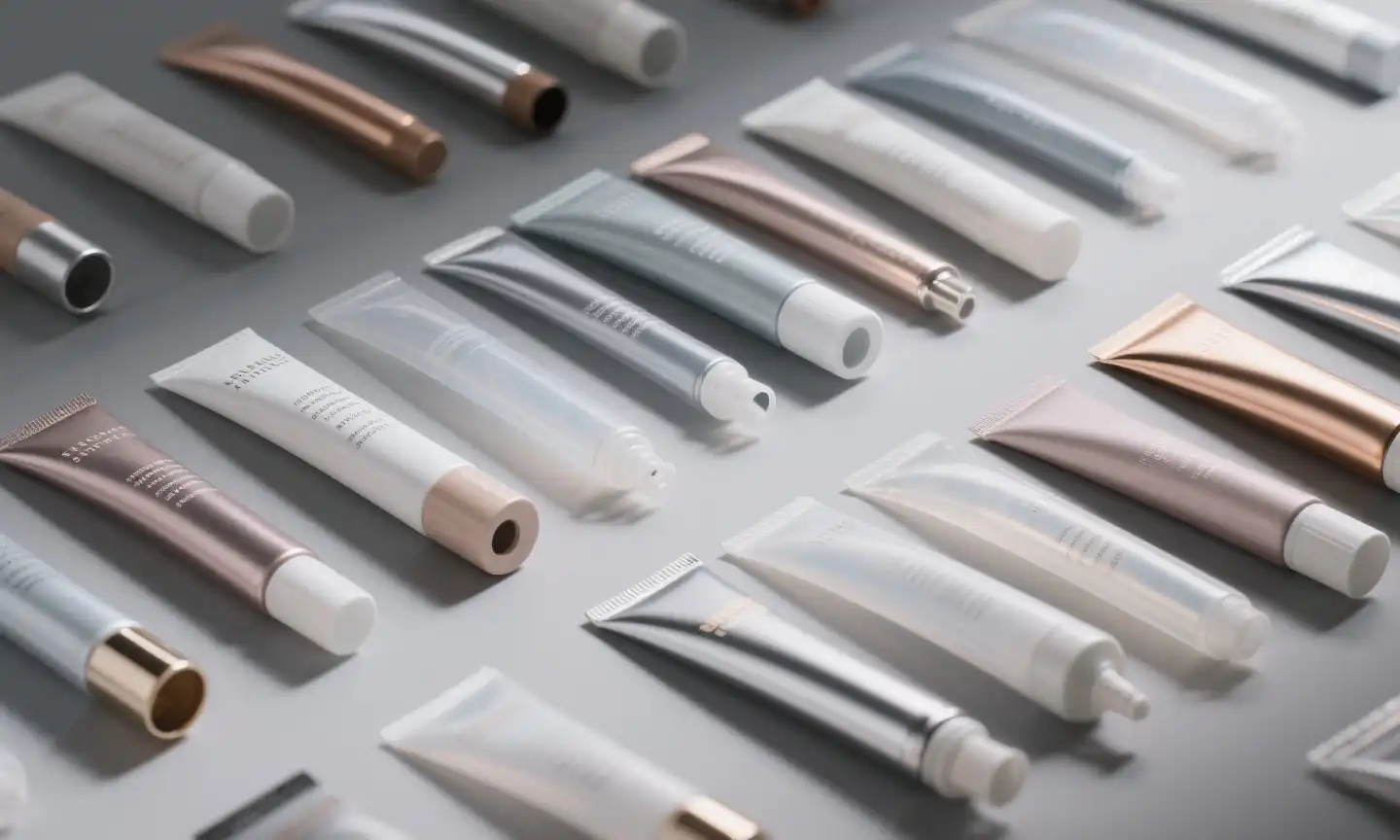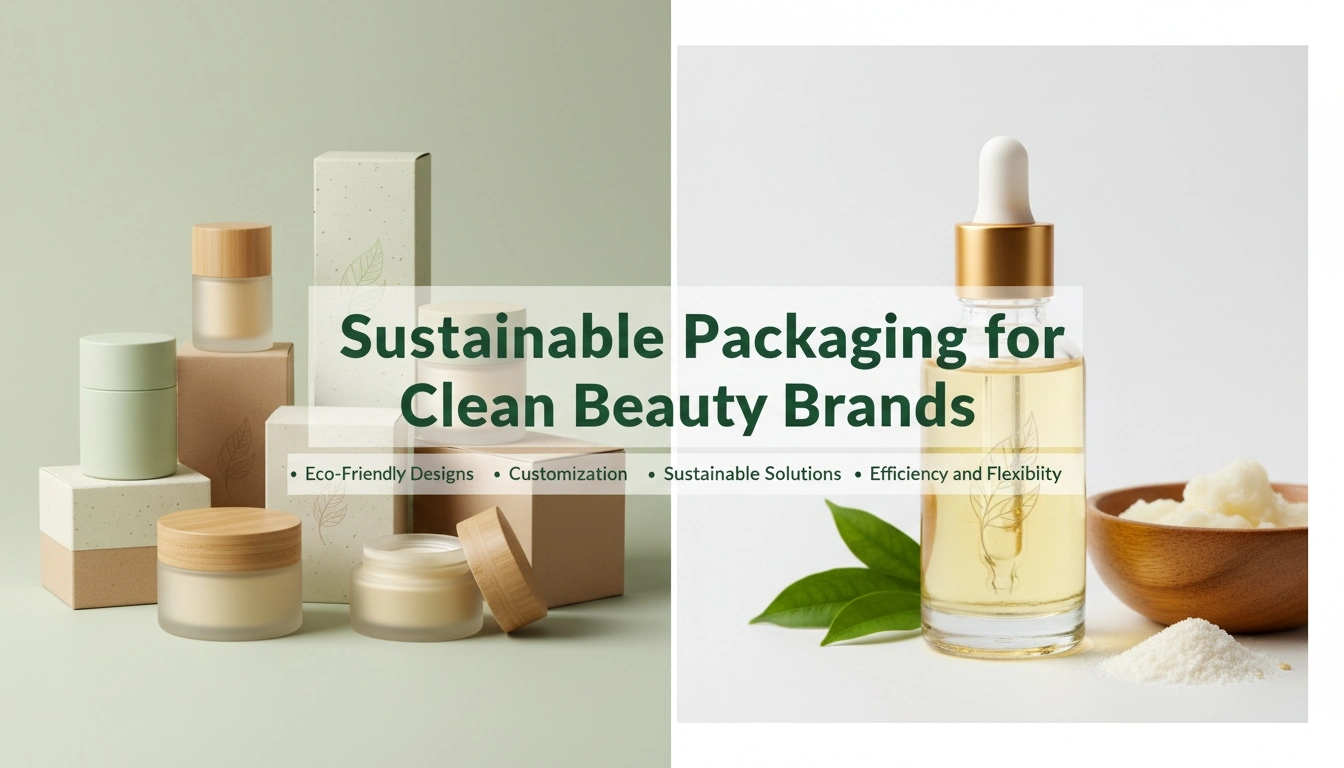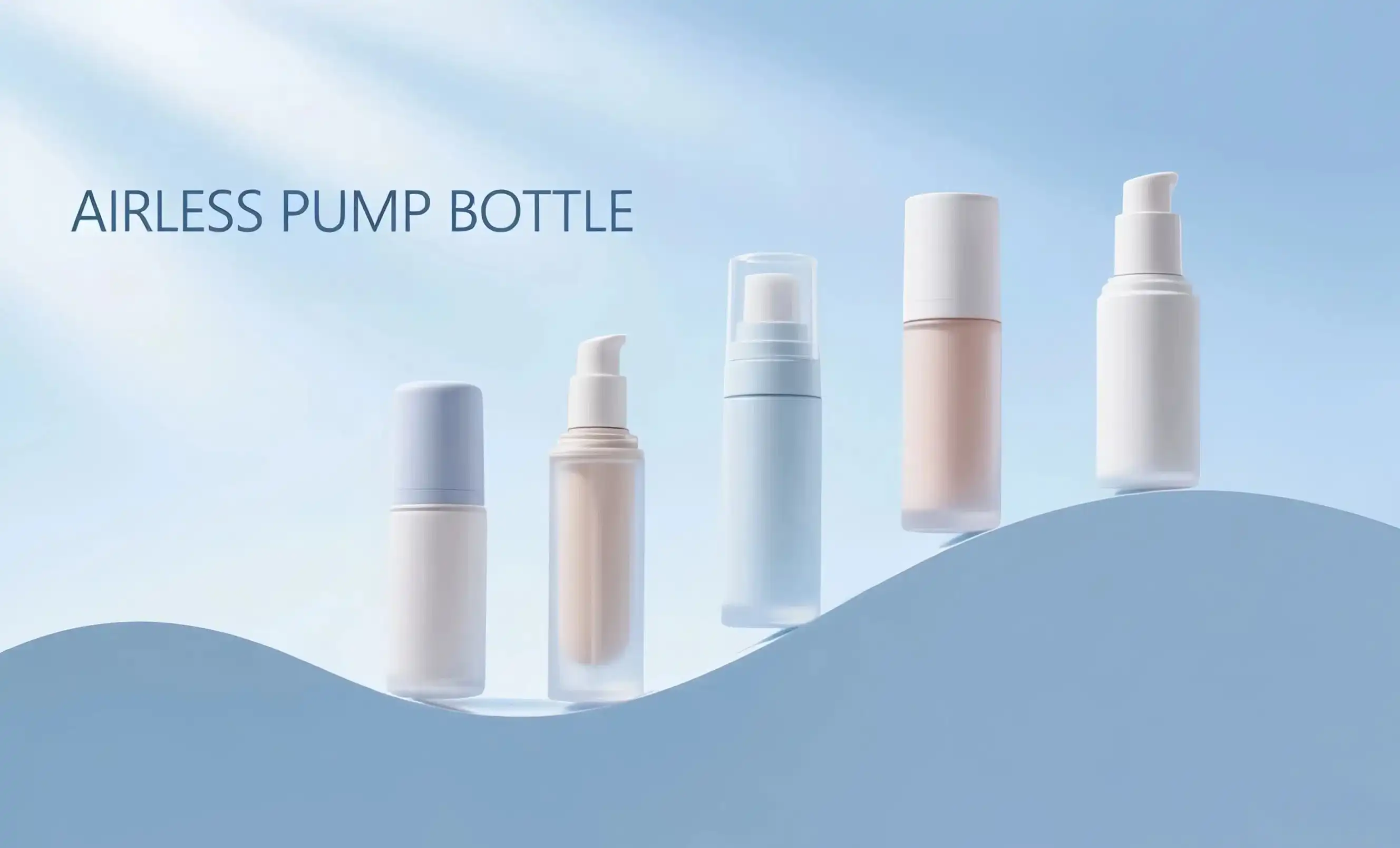How Are Cosmetic Tubes Made? A Step-by-Step Breakdown
The process of manufacturing cosmetic tubes is a blend of precision engineering and creative design. It begins with the careful selection of materials, typically high-quality plastics or aluminum, chosen for their durability, flexibility, and ability to protect the contents. The manufacturing process then unfolds in several key stages:
Material Preparation and Extrusion
The first step involves preparing the chosen material, usually in the form of pellets or granules. These are then melted and extruded into a continuous tube shape. The extruded material is carefully monitored for consistency in thickness and quality.
Cutting and Shaping
Once the tube is extruded, it's cut to the desired length. The open end of the tube is then shaped to accommodate the cap or dispenser mechanism. This process often involves heat molding to ensure a perfect fit.
Printing and Decoration
One of the most critical stages in cosmetic tube manufacturing is the application of graphics and branding. Advanced printing techniques such as offset printing, silkscreen, or hot stamping are used to create eye-catching designs directly on the tube surface.
Cap and Seal Application
The final mechanical step involves attaching the cap or dispenser and sealing the bottom of the tube. This process ensures the product remains fresh and protected until it reaches the consumer.
Quality Control and Packaging
Before being shipped to cosmetic brands, each tube undergoes rigorous quality checks to ensure it meets industry standards for safety, functionality, and appearance.
What Quality Tests Do Cosmetic Tubes Undergo?
Quality assurance is paramount in the cosmetic packaging industry. Cosmetic tubes must pass a series of stringent tests to ensure they meet the high standards required for beauty and personal care products.
Material Integrity Tests
These tests evaluate the strength and durability of the tube material. They include stress tests to ensure the tube can withstand pressure without rupturing or deforming, and compatibility tests to verify that the tube material doesn't react with the cosmetic product it will contain.
Leak and Seal Tests
Ensuring that cosmetic tubes are properly sealed is crucial for product safety and longevity. Tubes undergo pressure tests to check for leaks and to confirm that the seal between the tube and the cap is secure.
Print Quality and Adhesion Tests
The aesthetics of a cosmetic tube are just as important as its functionality. Print quality tests ensure that the design is clear, vibrant, and accurately reproduced. Adhesion tests confirm that the print doesn't fade or peel off during regular use or when exposed to various environmental conditions.
Chemical Resistance Tests
Cosmetic tubes must be able to withstand exposure to various chemicals found in beauty products. These tests involve exposing the tubes to different formulations to ensure they don't degrade or lose their integrity over time.
Environmental Stress Tests
To simulate real-world conditions, cosmetic tubes are subjected to various environmental stresses. These may include exposure to different temperatures, humidity levels, and UV light to ensure the tubes maintain their quality and appearance in diverse conditions.
Behind the Scenes: How Brands Source Cosmetic Tubes
The process of sourcing cosmetic tubes is a critical aspect of product development for beauty brands. It involves careful consideration of various factors to ensure the packaging aligns with the brand's values, product requirements, and consumer expectations.
Identifying Packaging Requirements
Brands begin by defining their specific needs for the cosmetic tube. This includes considerations such as the type of product to be contained, desired aesthetics, functionality requirements, and sustainability goals. For instance, some brands may prioritize tubes made from recycled materials or those that are easily recyclable.
Researching and Vetting Manufacturers
Once requirements are established, brands research potential manufacturers. They look for suppliers with a proven track record in producing high-quality cosmetic tubes, considering factors such as manufacturing capabilities, quality control processes, and compliance with industry regulations.
Requesting Samples and Prototypes
Before committing to a large order, brands typically request samples or prototypes from shortlisted manufacturers. This allows them to assess the quality of the tubes firsthand, test compatibility with their products, and evaluate how well the tubes align with their brand image.
Negotiating Terms and Placing Orders
After selecting a manufacturer, brands negotiate terms such as pricing, minimum order quantities, lead times, and customization options. The ability to provide flexible solutions, such as lower minimum order quantities or faster turnaround times, can be a significant factor in a brand's decision-making process.
Ongoing Quality Assurance
Even after placing an order, brands continue to work closely with manufacturers to ensure consistent quality. This may involve regular factory audits, batch testing, and continuous communication to address any issues that arise during production.
As we've unveiled the secrets behind cosmetic tube manufacturing, it's clear that the process is both complex and fascinating. From the initial stages of production to the rigorous quality testing and the strategic sourcing decisions made by brands, every step is crucial in delivering high-quality packaging solutions for the beauty industry.
For beauty brands, product developers, and supply chain managers looking to elevate their packaging game, partnering with a reliable and innovative cosmetic tube manufacturer is essential. At Topfeelpack, we specialize in creating advanced airless bottles and tubes that not only meet the highest quality standards but also align with the growing demand for sustainable packaging solutions.
Our commitment to fast customization, competitive pricing, and quick delivery makes us an ideal partner for brands of all sizes. Whether you're a high-end skincare brand, a trendy makeup line, or a DTC beauty company, we have the expertise and flexibility to meet your unique packaging needs.
Ready to transform your cosmetic packaging strategy? Reach out to us at pack@topfeelgroup.com to discuss how our innovative cosmetic tube solutions can enhance your product line and delight your customers. Let's create packaging that not only protects your formulations but also elevates your brand in the competitive beauty market.
References
- Johnson, M. (2024). Advancements in Cosmetic Packaging: A 2025 Perspective. Journal of Packaging Technology and Research, 18(2), 145-160.
- Smith, A. & Brown, L. (2023). Sustainable Materials in Beauty Packaging: Trends and Innovations. Cosmetic Science Review, 42(3), 278-295.
- Garcia, R. (2024). Quality Control Measures in Cosmetic Tube Manufacturing. International Journal of Cosmetic Engineering, 31(4), 412-428.
- Lee, S. et al. (2025). Consumer Preferences in Cosmetic Packaging: A Global Survey. Beauty Market Insights, 9(1), 67-85.
- Thompson, K. (2024). The Role of Packaging in Clean Beauty Brands. Green Cosmetic Technology, 15(2), 189-204.
- Wilson, E. (2025). Innovations in Cosmetic Tube Design: From Concept to Shelf. Packaging Innovation Quarterly, 28(3), 301-318.


 - 副本_1745399213966.webp)

_1747827716538.webp)

